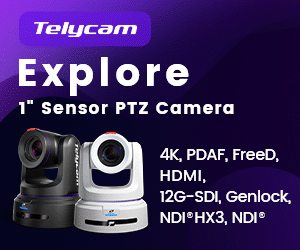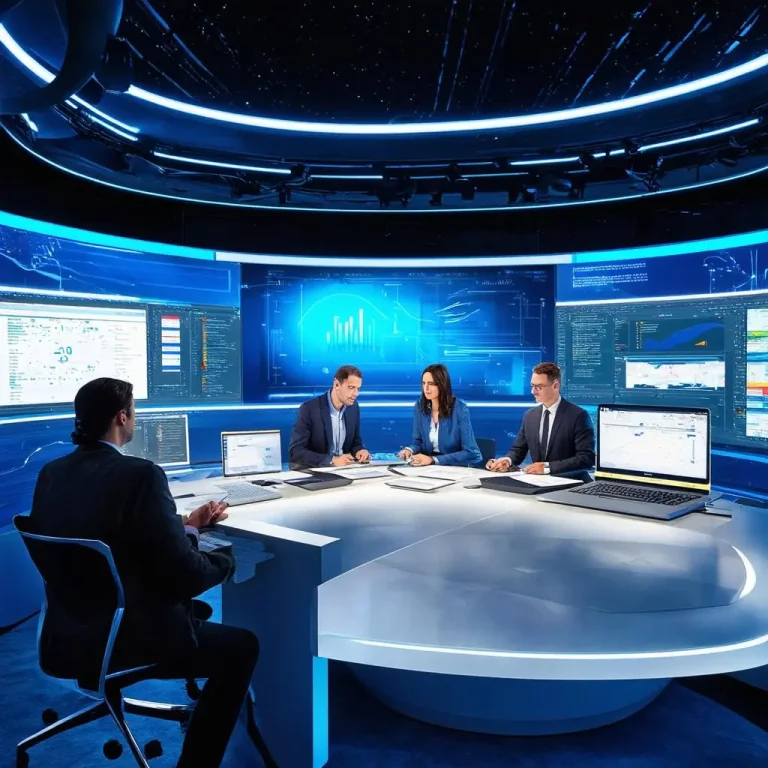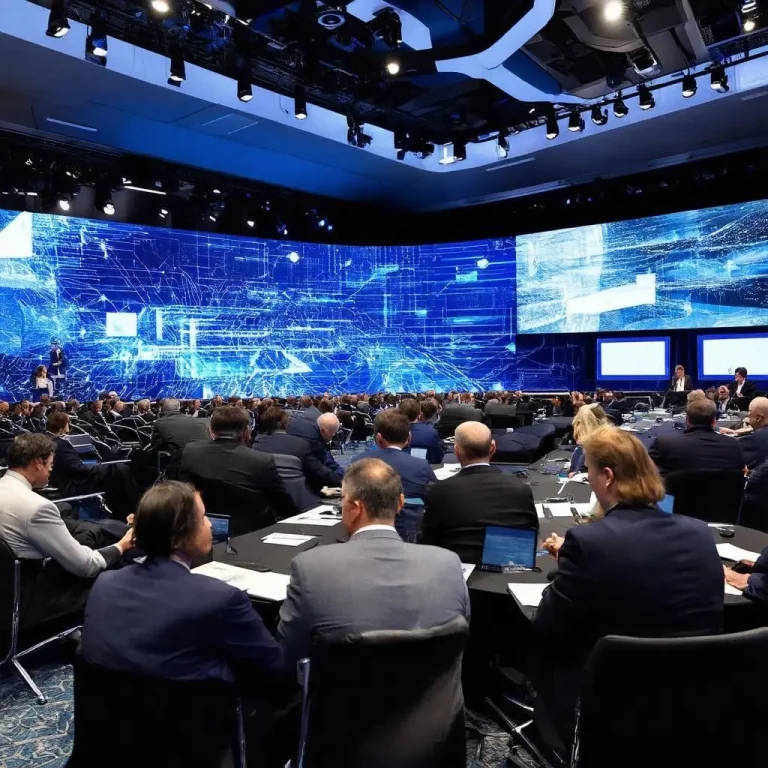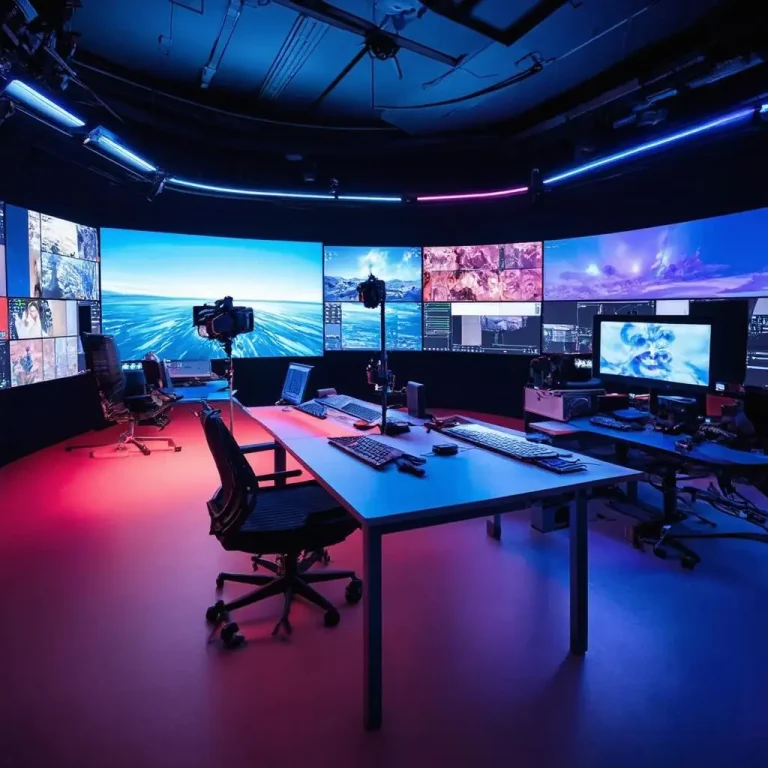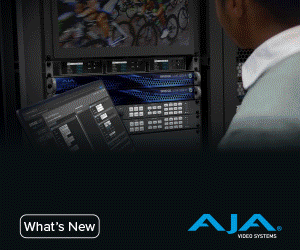In recent years, the broadcast industry has been undergoing a transformative change, driven by the integration of artificial intelligence (AI) and automation. These technologies are not just buzzwords; they are reshaping how content is created, managed, and delivered. As the industry moves towards a more digital and data-driven approach, AI and automation play crucial roles in enhancing both efficiency and creativity.
AI-Driven Content Creation
One of the most exciting applications of AI in broadcasting is its ability to aid in content creation. AI-driven tools can analyze vast amounts of data to understand audience preferences and trends, allowing for personalized content recommendations and targeted advertising. This level of customization means broadcasters can deliver content that resonates more deeply with their audiences.
Further, AI is being used to generate content itself. From automating scriptwriting for news reports to creating highlight reels for sports events, AI can efficiently handle tasks that were traditionally time-consuming for humans. This not only speeds up production but also frees up human talent to focus on more creative aspects, elevating the quality of content produced.
Streamlining Operations with Automated Workflows
Automation is changing the way broadcast operations are managed. Automated workflows handle repetitive tasks such as file transcoding, quality checks, and distribution, significantly reducing the time and resources required. This means teams can direct their efforts towards more strategic initiatives, such as content strategy and market expansion.
Additionally, automation enables real-time analytics and immediate feedback, allowing broadcasters to respond quickly to market demands. These automated systems can improve accuracy and reduce human error, leading to more reliable broadcast operations and better compliance with regulations.
Enhancing Creativity in Post-Production
In post-production, AI and automation are revolutionizing the editing process. AI tools can now swiftly organize and search through hours of footage, identifying the best clips for editors to work with. This accelerates the editing process, allowing teams to experiment more and innovate with creative storytelling techniques.
Moreover, technologies like machine learning enable the enhancement of video and audio quality. AI can automatically adjust color grading and sound levels, producing professional-grade content with minimal manual intervention. Such enhancements make it easier than ever to produce visually stunning and immersive experiences for viewers.
Overcoming Challenges and Embracing Opportunities
While AI and automation present immense opportunities, they also come with challenges. Concerns around job displacement and the need for workforce upskilling are prevalent. However, the industry can address these by fostering a culture of continuous learning and adaptation. By equipping professionals with the skills to work alongside these technologies, the industry can ensure a future where human creativity complements automated efficiency.
Furthermore, ethical considerations regarding AI use in broadcasting need careful attention. It’s crucial to ensure that AI-driven content remains authentic and transparent, maintaining the trust of audiences.
Conclusion
The future of broadcast engineering lies in the seamless integration of AI and automation. These technologies are not just improving efficiency but are also unlocking new levels of creativity and innovation. By embracing these advancements, broadcasters can better meet the evolving demands of their audiences and stay ahead in an ever-competitive industry.
As we look ahead, the potential of AI and automation in broadcasting is limitless. By focusing on ethical implementation and skill development, the industry can transform challenges into opportunities, paving the way for a more dynamic and engaging broadcasting landscape.
- Revolutionizing Post-Production: The Role of AI and Machine Learning - October 20, 2024
- From Concept to Screen: The Crucial Role of Industry Events in Shaping Broadcast Futures - October 19, 2024
- Embracing Innovation: The Future of Broadcasting - October 18, 2024


